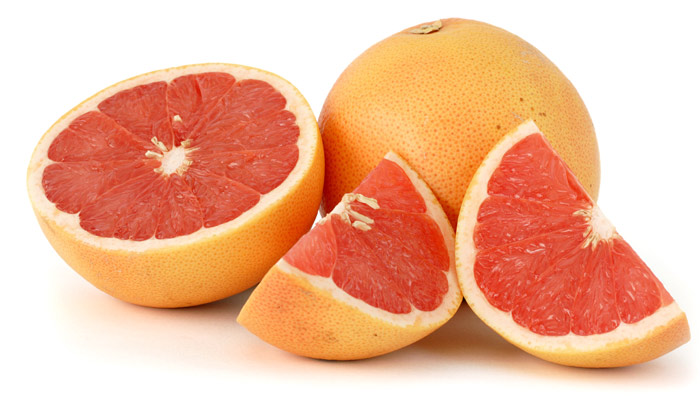
by admin | Aug 5, 2013 | Healing Food Facts
Named the “grapefruit” because it grows in clusters similar to grapes, nothing says summer quite like this citrus fruit. In fact, its Latin name, Citrus paradisi, translates to citrus paradise. Grapefruit were first noted on the island of Barbados in 1750, where it...
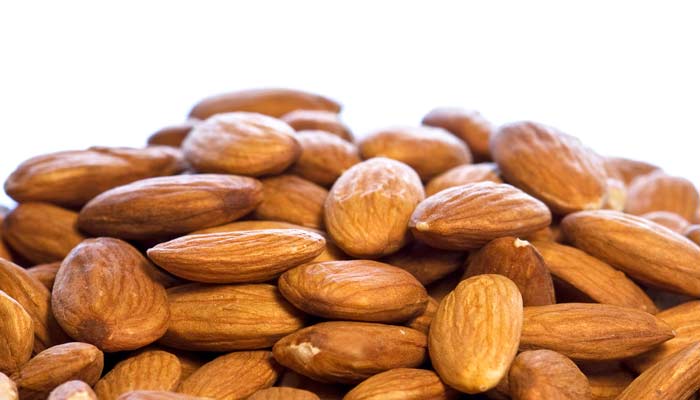
by admin | Aug 5, 2013 | Healing Food Facts
Almonds are a relative to the peach, apricot, and cherry. Classified into two categories, sweet and bitter, sweet almonds are the variety that is consumed, while bitter almonds are used to make almond oil. Almonds are thought to have originated in western Asia, and...
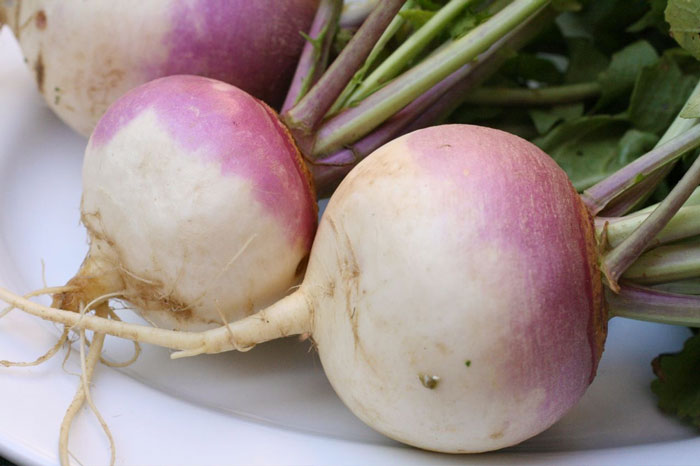
by admin | Jul 24, 2013 | Healing Food Facts
Turnips, as well as cabbage and broccoli, are a member of the cruciferous vegetable family. Cultivated over 4,000 years ago in Asia, turnips increased in popularity throughout Medieval Europe, until the more popular potato was introduced in the 18th century. Turnips...
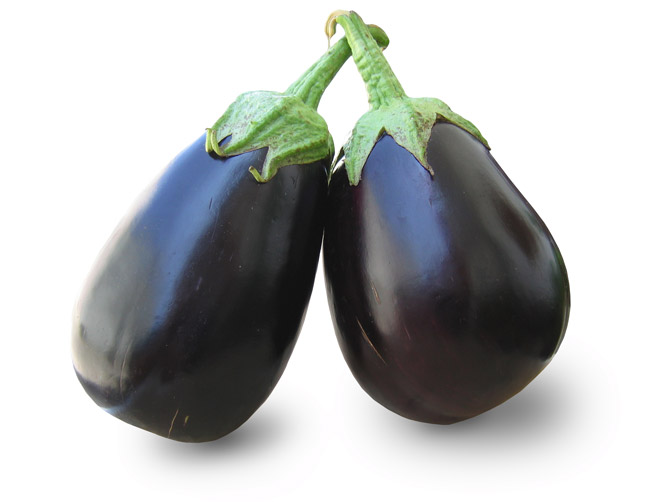
by admin | Jul 15, 2013 | Healing Food Facts
Eggplants are a member of the nightshade family with potatoes and tomatoes. Although commonly thought of in a deep purple shade, eggplants also come in lavender, jade green, orange and light yellow. Originally found in India, the eggplant was cultivated in China....
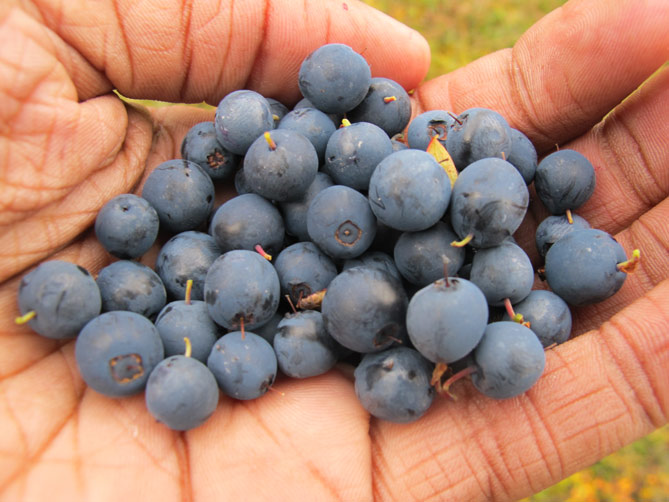
by admin | Jul 11, 2013 | Healing Food Facts
Native to North America and Europe, there are over thirty different species of blueberries worldwide. Consumed by man since prehistoric times, blueberries were popular among Native American tribes. Today, blueberries are rarely found in the wild, and are largely...
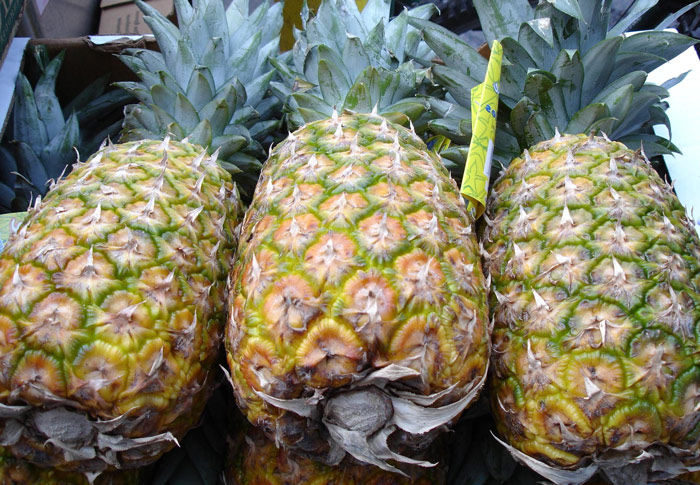
by admin | Jul 1, 2013 | Healing Food Facts
Pineapples were named for its resemblance of a large green pinecone, and its flavor profile, which is often compared to a mixture of apples, strawberries, and peaches. Native to South America, European explorers introduced the fruit to other African, Asian and South...









